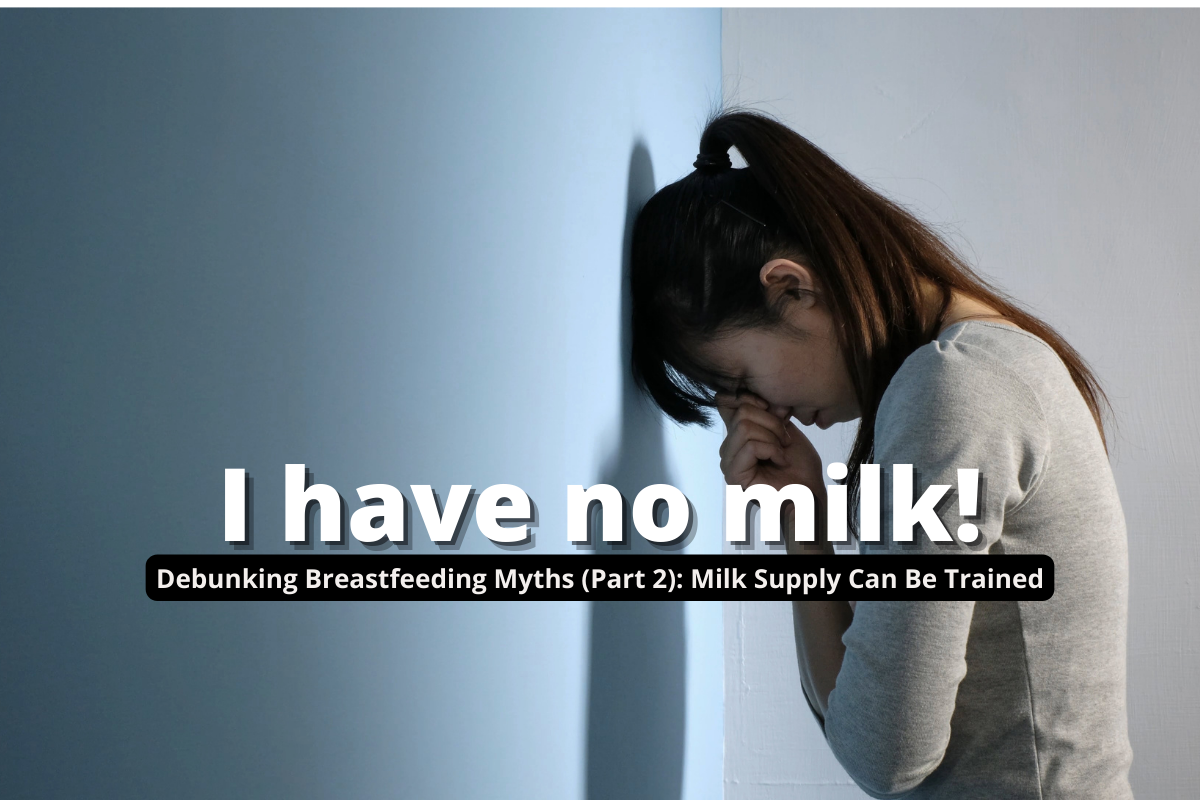Text/Picture: Dr Blue, PhD. Registered Educational Psychologist, Lactation Counselor, Ex Chemist
God gave women breasts for the purpose of breastfeeding. Unless under special circumstances, most mothers will have enough breast milk to feed their baby.
Is it normal for the breast milk supply to be low immediately after childbirth?
In fact, during weeks 16-22 of pregnancy (varies from person to person), the production of colostrum begins. Typically, mothers won't feel that they are already producing milk at this stage. The colostrum produced immediately after giving birth is minimal and may be challenging to express, but it is entirely normal and sufficient to nourish the baby.
The reason for the low milk supply is that newborn babies have very small appetites in the first 24 hours after birth, needing only 2-10 ml of breast milk (usually around 5-7 ml), which is roughly the size of a glass marble to a cherry. Breast milk supply and demand are well-matched, so there is no need to worry about insufficient breast milk.
In fact, the amount of breast milk a mother produces is determined by how much her baby needs. This is the law of supply and demand in nature.
(Please refer to "Figure 1: Average Intake of Colostrum/Milk" to understand the amount of milk the baby needs.)
 Milk supply can be trained.
Milk supply can be trained.
Breast milk production is triggered by the baby's suckling. When the baby sucks, it stimulates the hypothalamus in the brain, which then signals the pituitary glands to release two hormones - oxytocin and prolactin. Oxytocin causes the milk to flow, and prolactin stimulates the breast to produce milk. So, as the baby's sucking increases in response to their needs, it sends signals to the brain, telling it to produce more milk. Skin-to-skin contact during breastfeeding creates an intimate bond between the mother and baby, further encouraging the production of more milk. This attachment and bond are lacking when bottle-feeding.
For exclusively pumping mothers (using a breast pump without direct breastfeeding), pumping at regular intervals in a comfortable environment can also train the brain to prepare and produce milk at fixed times.
In short, the mother will produce as much milk as the baby needs. Unless there are special health conditions or an inability to maintain breastfeeding, with the right attitude and method, breast milk will flow continuously. However, breastfeeding is not a competition to achieve an enormous amount of milk; excessive milk production can lead to oversupply, which can create other challenges. The goal is to maintain a balance between supply and demand, ensuring the baby grows healthy on breast milk.

When does the milk supply start to increase?
The sensation of fullness in the breasts, often referred to as engorgement, typically occurs 2-3 days after childbirth. However, some mothers may not experience engorgement until three days later. Mothers who have had a cesarean section or delayed their baby's first feeding may experience engorgement later. Some mothers may not feel engorgement at all, but their milk supply is still sufficient to nourish their baby.

Many mothers mention that they have tried to breastfeed, but the baby refuses to latch. The reasons behind this refusal will be discussed in the next part of this series. Information on methods for increasing milk supply, how to breastfeed, the benefits of breastfeeding, and more will also be covered in upcoming series.


